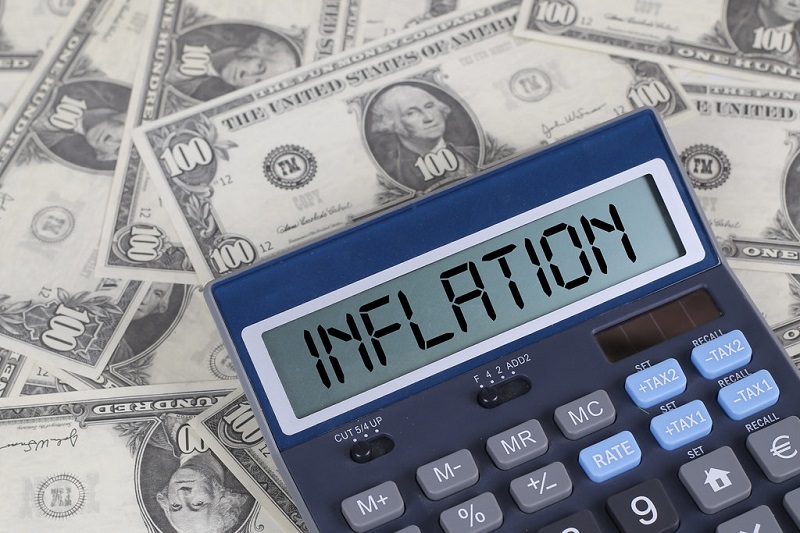usd-cadSkerdian Meta•Tuesday, April 15, 2025•3 min read Add an article to your Reading ListRegister now to be able to add articles to your reading l
USD/CAD has been declining but it is bouncing strongly today, as the USD gains some ground, while Canadian CPI inflation declined.

USD/CAD Rebounds Strongly on Weak Inflation and Political Uncertainty
After several weeks of volatility, the USD/CAD exchange rate is again showing signs of strength, propelled higher by a combination of soft Canadian inflation data and shifting expectations ahead of the upcoming general elections. The currency pair had initially surged earlier this year, peaking at 1.4792 in early February—the highest level seen in nearly a quarter-century—following U.S. President Donald Trump’s announcement of a 25% tariff on imports from Canada and Mexico. But as trade negotiations progressed and some duties were revised, USD/CAD slid back below the 1.40 handle.
Yesterday’s delayed auto tariffs added to that pullback, pushing the pair down to 1.3827. However, a key level—the 200-day simple moving average—once again provided strong technical support, a zone that has historically triggered rebounds. This time was no exception. The pair regained upward momentum following the release of Canada’s CPI data for March, which came in softer than expected and fueled speculation that the Bank of Canada might cut rates sooner than previously thought.
Soft Canadian Inflation Shakes Rate Expectations
Before the inflation report, markets were leaning slightly toward a rate hold, with odds at around 60% for no change and 40% for a cut. But the surprise softness in the data quickly narrowed the split to a 50/50 scenario. The immediate market reaction was a sharp 30-pip rise in USD/CAD, taking the pair back above the 1.3950 mark.
While Bank of Canada Governor Tiff Macklem had recently emphasized a cautious approach to rate adjustments, this latest data opens the door to either a cut this week or a clear signal that easing could come as soon as June. The inflation report noted that the end of the GST tax holiday in mid-February prevented an even deeper decline in prices. Meanwhile, travel-related costs dragged on the index, with airfares down 12% year-over-year and tour prices falling 4.7%. A price war among Canadian telecom providers also pushed wireless service rates down by 8.8% annually.
Canadian CPI Report – March Overview
-
Headline CPI (y/y):
-
Rose 2.3% year-over-year, below expectations of 2.6%
-
Previous annual print was also 2.6%
-
-
Headline CPI (m/m):
-
Increased by 0.3% month-over-month, softer than the 0.6% expected
-
Marked a sharp deceleration from +1.1% in the prior month
-
-
Core CPI (m/m):
-
Rose just 0.1%, compared to 0.7% the month before
-
Signals a sharp slowdown in underlying price momentum
-
-
Core CPI (y/y):
-
CPI Median (y/y):
-
CPI Trim (y/y):
-
CPI Common (y/y):
Looking Ahead: Energy Prices and Election Watch
In addition to monetary policy, political developments are set to play a major role in shaping the USD/CAD trajectory over the coming weeks. Canada’s general election is fast approaching, adding another layer of uncertainty for investors.
Moreover, the removal of Canada’s federal carbon tax as of April 1 has already led to a noticeable drop in gasoline prices. Combined with the ongoing slide in crude oil prices, this will likely have a marked impact on next month’s inflation figures.
All eyes now turn to the Bank of Canada’s upcoming decision, with traders watching closely not only for any changes in interest rates but also for how policymakers interpret the evolving inflation landscape. In the meantime, USD/CAD continues to hover just beneath the 1.40 mark, a level that could soon be tested if momentum continues.
USD/CAD Live Chart
USD/CAD
www.fxleaders.com
